During my summer internship at the age of twenty, I had the privilege of reporting directly to the VP of Administration, who became my mentor. She guided me through various projects and initiatives, offering invaluable support. Around the two-month mark, she surprised me by asking to outline my personal, professional, and financial goals for the upcoming one, three, and five years. This level of interest in my future from an employer caught me off guard; I never expected such attention or care from someone outside my family or close friends.
As I started the assignment, I have to admit I felt somewhat silly drafting my goals. However, this exercise turned out to be transformative for me. Seeing my goals on paper, though seemingly simple, allowed me to gain a clarity I didn’t know I was seeking.
For my personal goals, I aimed to cultivate a supportive social circle and prioritize my health by committing to eating at least one green thing every day.
On the professional front, I aspired to a managerial position and to lead a team, in addition to incorporating regular travel into my work routine.
Financially, my goals were tangible yet ambitious: to save $5,000 for a better vehicle and to earn a pay rate of $15 per hour.
In a way I could never have anticipated, this exercise allowed me to solidify my aspirations and, even more importantly, it provided me with a roadmap to bring them to life.
As a result, I invested in courses, books, and extra hours because I believed that achieving what I had written was possible. As my career progressed, this formative experience made me committed to the idea that every team member should have this opportunity—to have a leader who cares about their goals and helps them achieve them.
The PPF Process: Personal, Professional, and Financial Goals
The only way to get someone to care about your goals is to care about theirs. When you demonstrate that you care about your team members’ individual goals, you can leverage both of your efforts and time effectively.
Imagine a traditional org chart with five team members who have never been asked about their goals. They clock in and out without going above and beyond. Meanwhile, you’re working extra hours because you recognize that growth requires more effort. The reason you’re putting in the energy is because you have goals and see the path to achieve them.
But who explains this to your team? When was the last time you asked your team members about their aspirations? This conversation is the single most impactful one you can have with your team. It’s how we grew from 0 to 220 employees rapidly. Our growth stems from the existing team adding valuable skills to the business while excelling in their roles.
Implementing the PPF Process
The PPF structure breaks down goals into manageable categories. Personal goals might include fitness, hobbies, or family time. Professional goals focus on career advancement, skill acquisition, and recognition. Financial goals target specific outcomes like savings, debt repayment, or salary targets. For each goal, have your team members define what success looks like in one, three, and five years.
Before expecting your team to be goal-oriented, share your goals with them. This transparency promotes a culture of growth and inspires your team. Publicly sharing your goals—whether through social media updates or casual conversations—reinforces your commitment to high performance.
The PPF Conversation
Initiate the PPF conversation by providing a PPF Form during onboarding. This form should outline the categories and timeframes for goal setting. Encourage your team to think deeply about their aspirations. The PPF conversation is straightforward: sit down and ask about their goals in each category. Use the SMART framework to refine these goals:
– Specific: What exactly do you want to accomplish?
– Measurable: How can progress be tracked?
– Attainable: Is this goal achievable?
– Relevant: Why is this goal important?
– Timely: When will you achieve this goal?
Ask questions to understand their goals deeply and provide guidance. After the conversation, have your team members send you their updated goals. These goals should be part of their biweekly one-on-ones, where they update you on their progress and challenges.
Committing to Your Team’s Success
To implement this process effectively, you need to genuinely care about your team’s success. Show a deep commitment by ensuring that every team member has a PPF conversation. Finally, regularly revisit these goals and provide continuous support to help your team achieve them.
Learning about your team’s goals and aligning them with your business objectives enhances your leadership and creates a win-win situation for everyone. This process transforms your team into high performers who are motivated to achieve both their goals and yours. It’s time to *Start the Work* and master the art of meaningful communication with your team.
If you’re ready to harness the impact of tapping into your team’s goals and aspirations, click here to preorder my new book Start the Work and see why “if your business isn’t growing, you’re not spending your time on the right things.”

